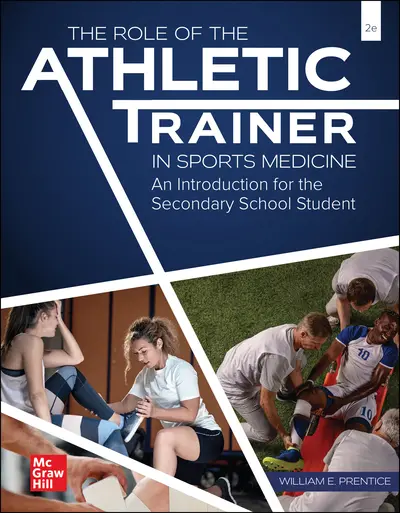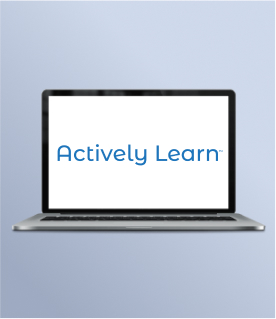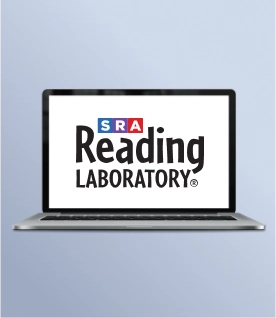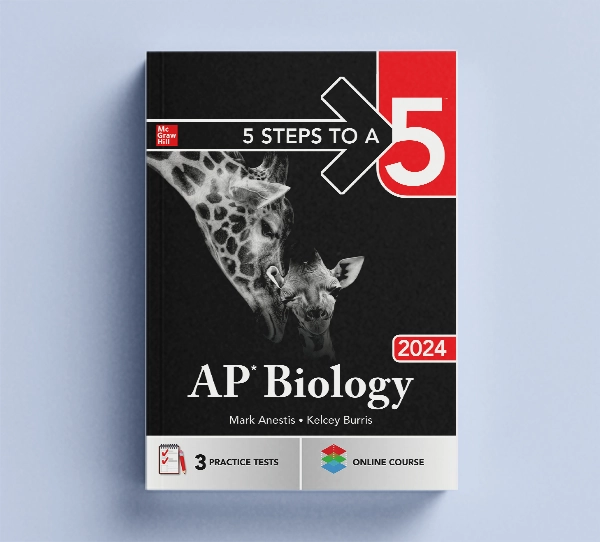My Account Details

The Role of the Athletic Trainer in Sports Medicine: An Introduction for the Secondary School Student (Prentice)
Grades: 9 - 12
3rd Edition ©2026 | Prentice
The second edition of The Role of the Athletic Trainer in Sports Medicine is a best-selling program for high school students interested in pursuing a career in athletic training as a part of sports medicine. Dr. William Prentice’s experience as a Hall of Fame athletic trainer informs how he teaches students foundational knowledge and skill-building in this exciting field.















































Social Studies
View all Social Studies Programs
IMPACT (K–5)
Actively Learn (3–12)
New Social Studies (6–12)
Networks (6–12)